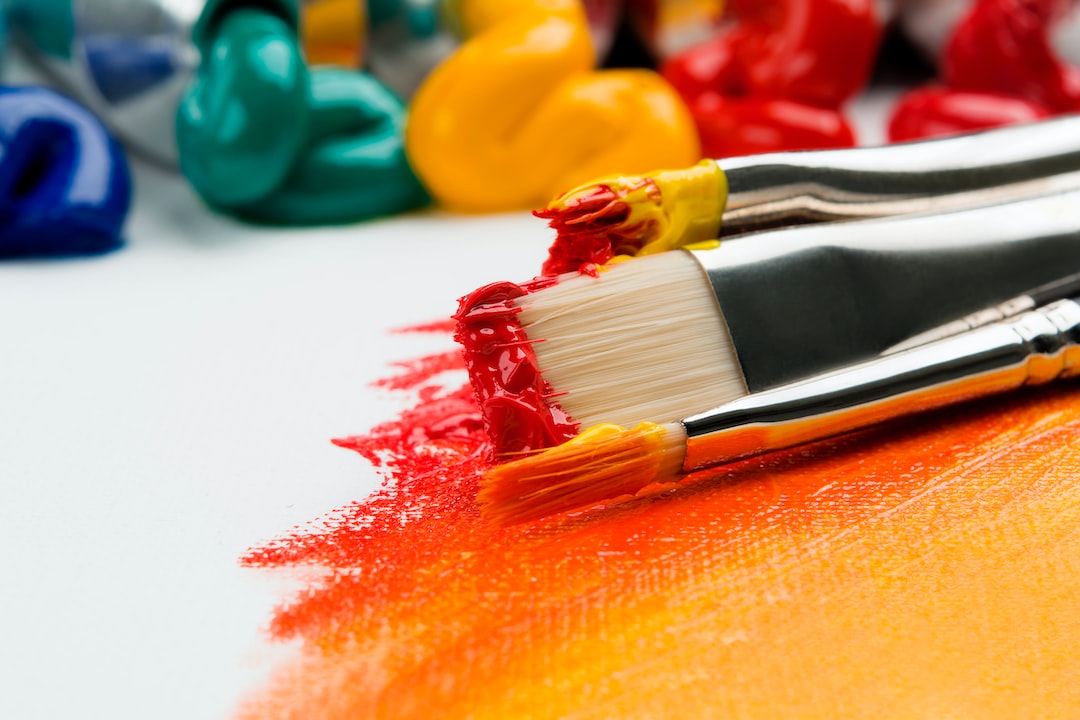The Influence of African Art on Western Artists
Throughout history, art has served as a medium of communication, expressing cultural values, beliefs, and narratives. The African art tradition, with its rich diversity and unique forms, has had a profound impact on artists worldwide. The influence of African art on Western artists cannot be overstated, as it has stimulated new artistic movements, challenged traditional norms, and provided a fresh perspective on aesthetics.
One of the most significant periods of African artistic influence on Western artists occurred during the early 20th century, known as the “African Art Boom.” This movement was ignited by the discovery of African artifacts by European explorers and collectors. The bold and expressive nature of African sculptures, masks, and textiles captivated artists like Pablo Picasso and Henri Matisse, who were searching for alternative forms of artistic expression.
Picasso, one of the pioneers of modern art, was heavily influenced by African art, particularly by African masks. His famous painting “Les Demoiselles d’Avignon” in 1907 prominently features figures with mask-like faces, reflecting the influence of African aesthetics. The distorted and simplified forms found in African masks allowed Picasso to depart from the representational art of the time and explore new realms of abstraction.
Similarly, Matisse was drawn to the vibrant colors and dynamic compositions of African art. He incorporated African-inspired designs in his renowned masterpiece “The Dance” in 1909. The rhythmic movements and energetic postures of the figures in this painting reflect the influence of African dance rituals. Matisse’s use of African motifs challenged the notion of Western art as the epitome of aesthetic refinement and paved the way for a more inclusive artistic vocabulary.
Beyond these prominent figures, a significant number of other Western artists were also influenced by African art. Constantin Brancusi, a sculptor, was fascinated by African sculpture’s abstracted forms and expressive qualities. His famous sculpture “The Kiss” in 1908 demonstrates the influence of African aesthetics in its simplified and streamlined depiction of human bodies.
Similarly, German expressionist artists, such as Ernst Ludwig Kirchner and Emil Nolde, drew inspiration from African art’s emotional power and expressive possibilities. These artists infused their paintings with a raw and intense energy, often using bold colors and exaggerated forms that echoed the spirit of African art.
The influence of African art was not limited to painting and sculpture; it also had a profound impact on the development of modern dance and music. Dance pioneer Isadora Duncan incorporated elements of African dance into her performances, integrating powerful, rhythmic movements into her choreography. She saw in African dance a freedom and vitality that challenged the restraint of traditional ballet.
In the realm of music, African rhythms and musical traditions heavily influenced Western jazz, blues, and rock music. The syncopated rhythms and call-and-response techniques found in traditional African music found their way into the melodies and structures of Western compositions. Artists like Louis Armstrong, B.B. King, and the Rolling Stones adopted African musical elements, infusing their work with a distinctive energy and intensity.
The influence of African art on Western artists is an ongoing process. Today, contemporary Western artists continue to explore and engage with African art, creating a cultural exchange that enriches both traditions. Artists such as Yinka Shonibare, El Anatsui, and Kehinde Wiley celebrate their African heritage through their artwork, bridging the gap between African and Western artistic traditions.
In conclusion, the influence of African art on Western artists has been far-reaching and transformative. From Picasso and Matisse to contemporary artists, African art has inspired a new way of seeing, challenging traditional artistic conventions and expanding the boundaries of creativity. The impact of African aesthetics can be seen not only in painting and sculpture but also in dance and music, creating a profound cultural exchange that continues to shape the artistic landscape.

